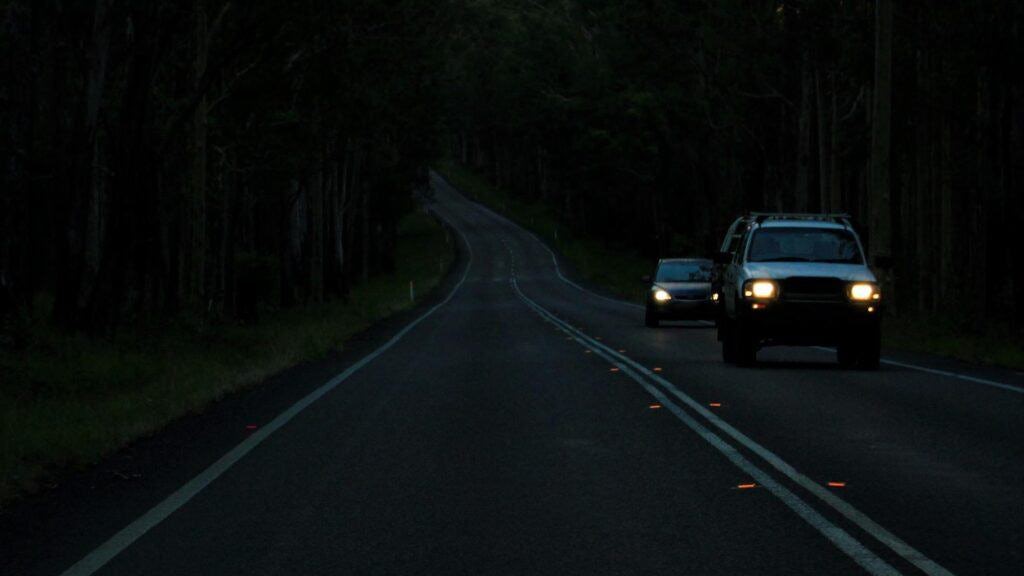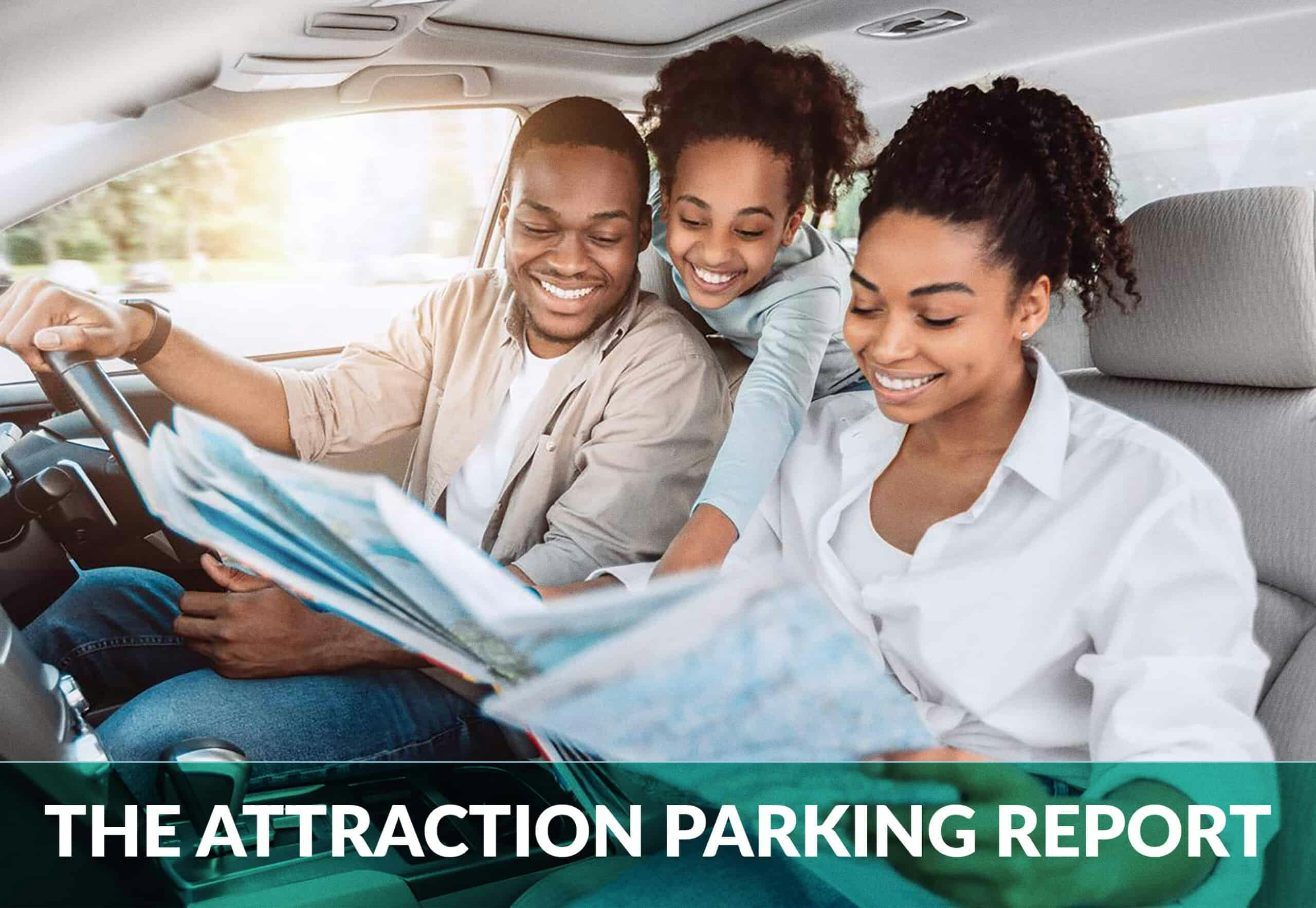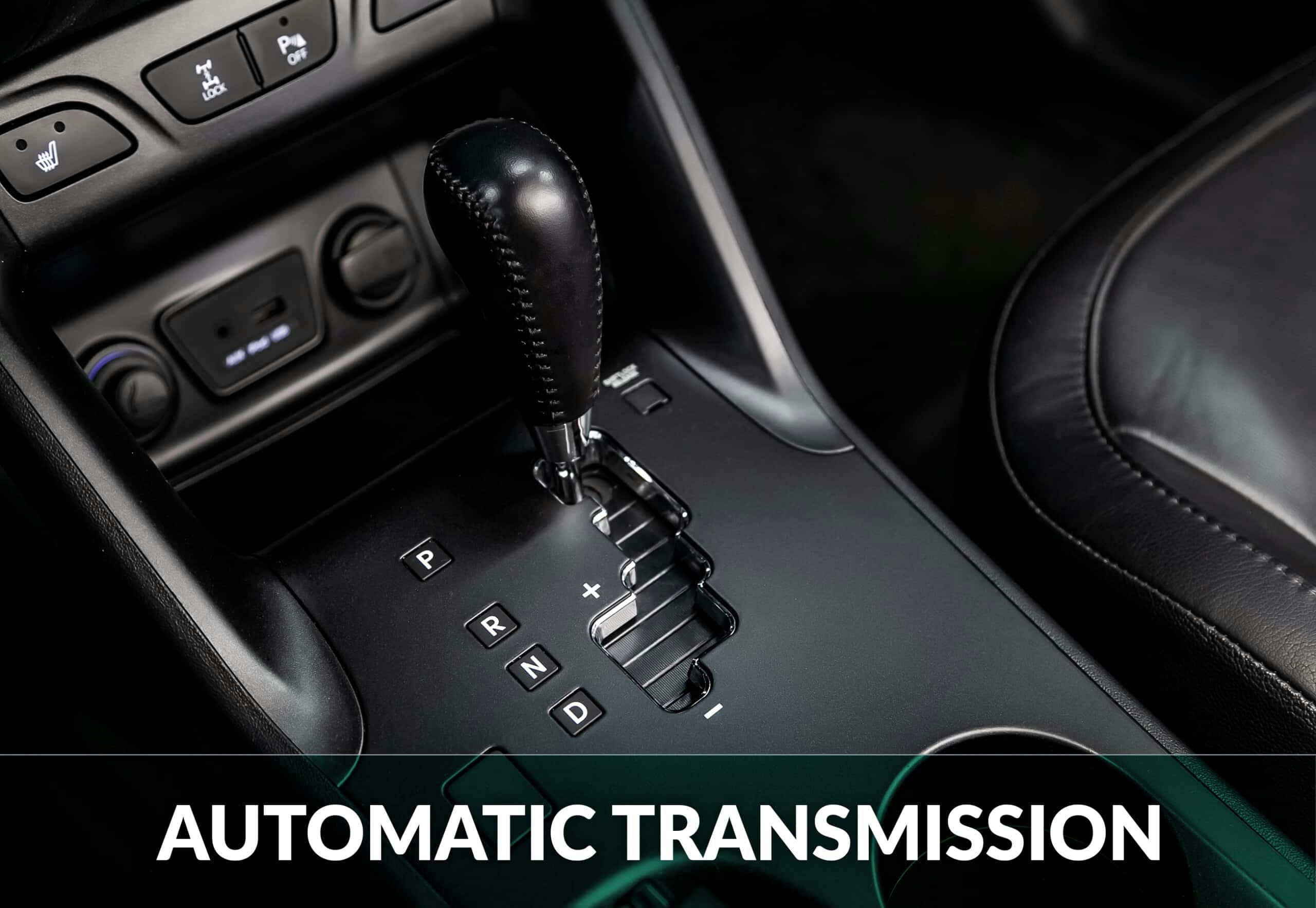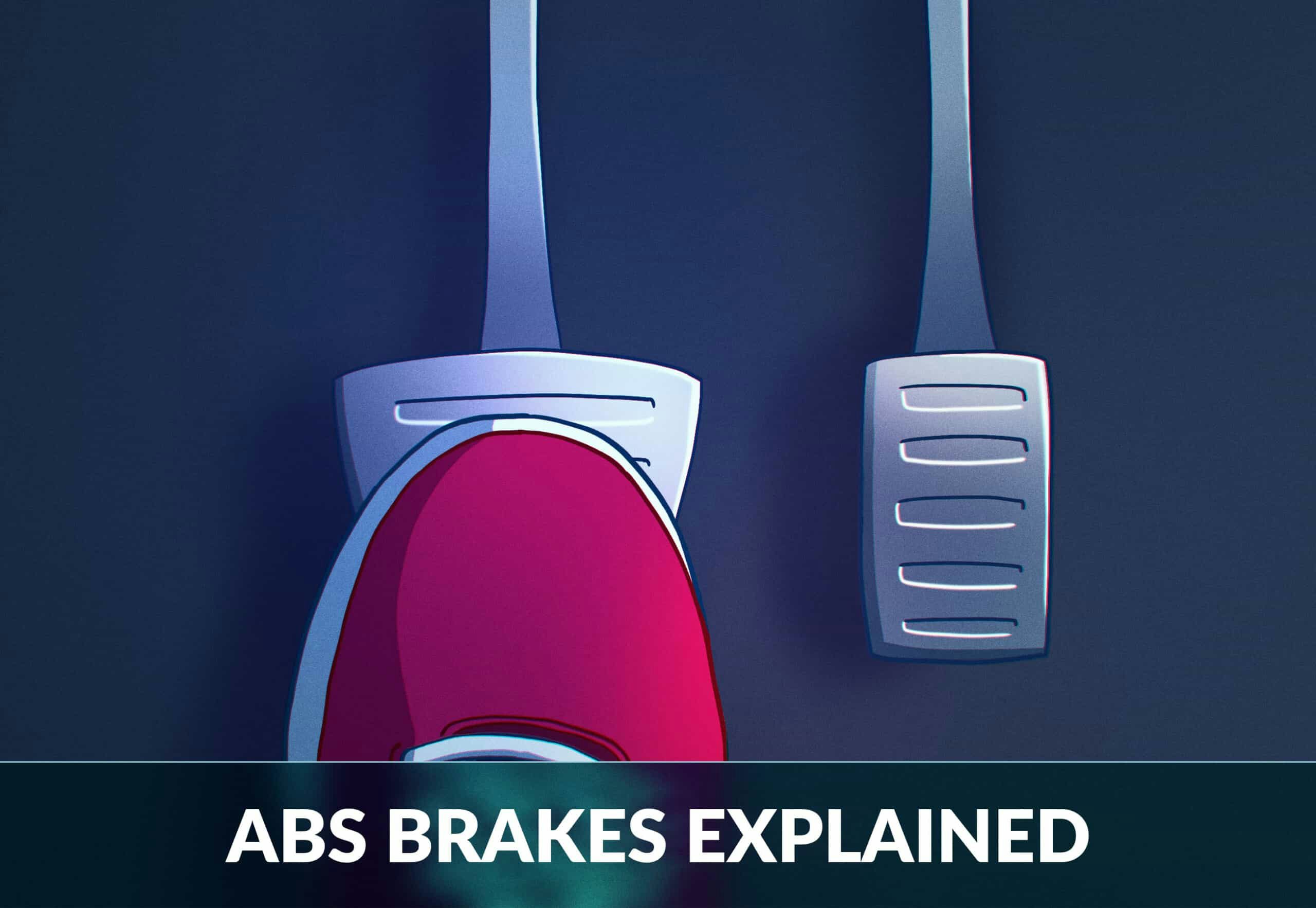
Low Beam Headlights: What They Are and When to Use Them
Vehicles around the world are fitted with headlights to help the driver see at night and in low-visibility situations, and Australian vehicles are no different. Headlights are, simply put, a must-have safety feature that is essential to keeping the roads safe for everyone.
Headlights do not just let you see further ahead, they also help other drivers see your vehicle easier which is just as important. A vehicle without lights is far more likely to be involved in an accident as other drivers just won’t spot it in time. So even if you think you can see well enough ahead, it can still be highly dangerous to not use headlights when you should.
What are Low Beam Headlights and High Beams?

There are two headlight settings that are used in different situations – low beams (dimmed headlights) and high beams (bright headlights). Using the wrong type of headlight setting can, depending on your speed and visibility, be devastating and result in an accident.
It is your responsibility as a driver to know when to use low beams and when to use high beams.
How Far Can You See With High Beams and Low Beam Headlights?
- Low-beam headlights let you see up to about 60m and are suitable for speeds up to 40 km/h. The low-beam setting is also known as the “dimmed” or “dipped” setting.
- High-beam headlights let you see up to about 100m and are suitable for speeds faster than 40 km/h. The high-beam setting should only be used in specific situations.
In essence, low-beams provide far less light than high-beams at night. If driving faster than 40 km/h with low-beam headlights at night, it may be too late to stop without hitting an object by the time you see it.
When you need more light than low-beams can provide, you will have to switch to high-beams (if legal). Remember that high beams will let you see further ahead, but can blind other drivers if used incorrectly.
When Should Low Beam Headlights Be Used?

The likelihood that you fail to spot something on or near the road is much higher when it is dark or in low-visibility situations than during the day. In Australia, state laws mandate the use of low-beam headlights:
- between sunset and sunrise
- in weather conditions when there is reduced visibility
This means you may need to use headlights even during the day in certain weather conditions. A general guideline is that you must use headlights when there isn’t enough daylight to see a person or object at 100m.
If you want to know the individual laws and guidelines for headlight usage in your state, including high-beams, fog lights, hazard lights, and more, then select your state on the Zutobi website and go to “Use of Lights”.

550+ exam-like questions
All you need to ace your test
Free trial
Recommended articles
Ace your learners test, guaranteed
Want to Be the Top School in Your Area?
- Simple & automated admin
- More time for teaching
- #1 learning materials for students


